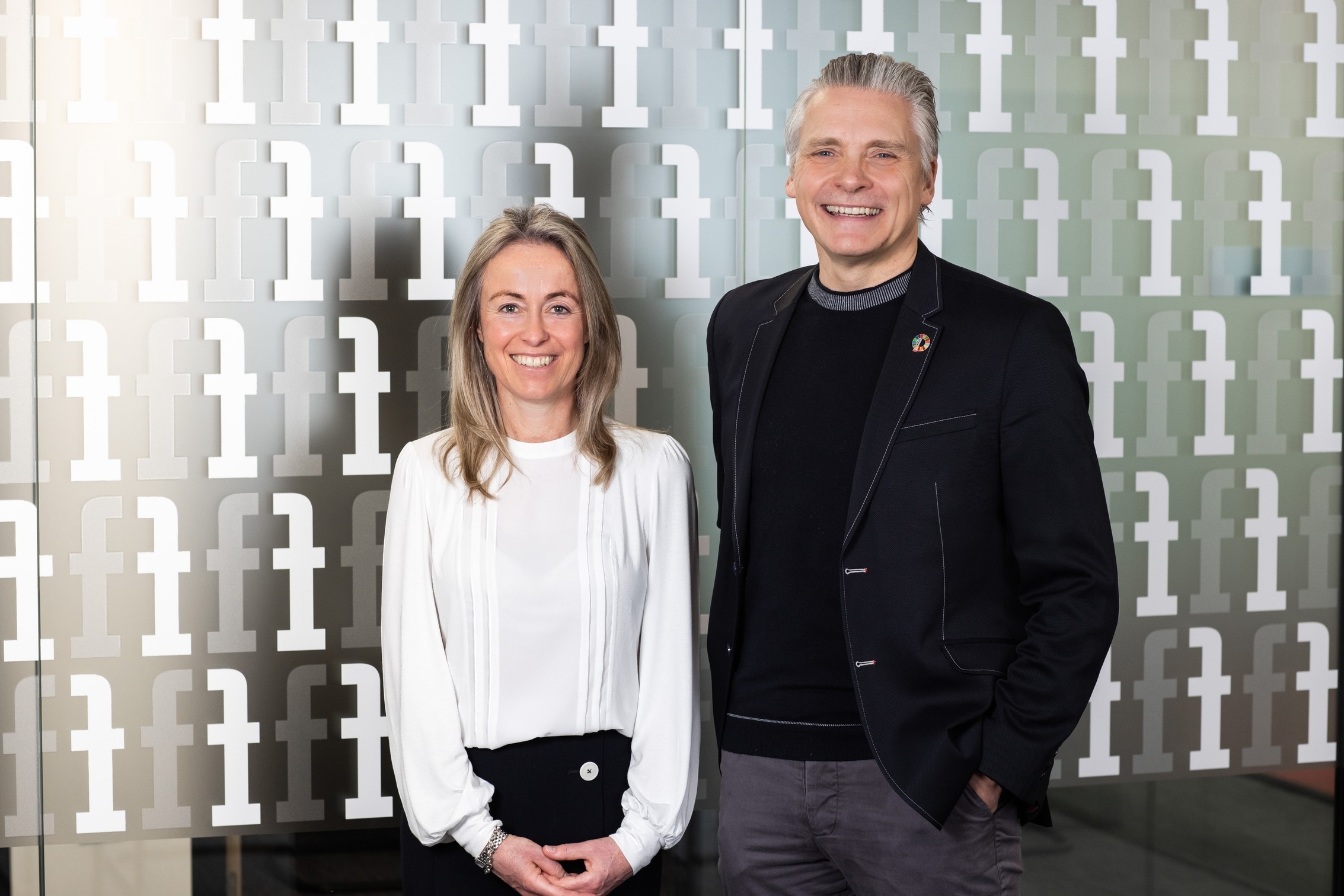Sponsored content by Julia Warrander and Russell Waite of Affinity Private Wealth
MANY of us believe the ability to innovate is the preserve of a select few. We commonly recognise innovators as individuals who see things the rest of us simply do not; people who spend time dedicated to solving problems which the world has given up on a long time ago, or the vast majority of us had not recognised existed in the first place.
Over the past few decades, research conducted into innovation across a range of disciplines has shown there are recurrent patterns in innovation and these patterns separate themselves into four different types: incremental, disruptive, architectural and radical. Each of these solves different problems depending on the market, the technology and the resources of a firm.
To illustrate this assessment further, an example of incremental innovation would be the iPhone. The form and function of the device is relatively unchanged since 2007. However, periodic upgrades have improved the product and its utility.
Disruptive innovation is typified by the arrival of a new entrant to a sector, which successfully challenges an incumbent firm. Think Netflix versus Blockbuster. Multi-core processors that power our computers, tablets and smartphones are examples of architectural innovations.
Finally, radical innovation is consistent with the picture painted in our first paragraph, more often than not triggered by the creation of new knowledge or technology and the commercialisation of novel ideas. This type of innovation requires both human and organisational ingenuity, and successfully harnessing both can create the products and services which go on to ‘change the world’.
This latter type of innovation is, of course, rare and few of us will see this in the businesses in which we work. If, however, we consider innovation to be the practical implementation of ideas that result in new goods or services – or improvement in offering goods or services – then innovation should be ever-present in successful firms. Suppose that a new product has been launched, a brand ‘refresh’ has generated an uptick in new inquiries or a slick recruitment film has attracted more talent. In each case, that business can consider itself innovative – at least at the incremental level.
So, what next for us?
This incremental innovation just described was delivered by Affinity throughout 2021. We had a busy year and this next one is set to be the same. We have new products being developed and further investment in technology will enable us to work more efficiently and also enhance the service we are able to deliver to our clients.
One of our core responsibilities, of course, is managing assets and our task next year – as it is every year – is to allocate capital to those businesses that are successful innovators, particularly those that sit in the radical quadrant. Technology and innovation have been closely associated with each other through the 21st century and we are all familiar with the big tech names which have generated millions of jobs, billions of dollars of profits and proved a successful investment for many. But where to look next?
Without the benefit of a crystal ball, it seems apparent we are entering a new relationship with technology and innovation, with Artificial Intelligence the game-changing catalyst for this. While robots in the guise we are familiar with through science-fiction movies are not commonplace yet, AI touches our lives in many ways, every day. Whether this is through an app on our smartphones, the groceries we order online or the new medicines and treatments prescribed to keep us healthy, AI is increasingly influencing our lives.
The machines have arrived and the roles they play are only going to expand. This is something our politicians, businesses, households and investors all need to think about, through 2022 and beyond.
Or, should we say, through Affinity and beyond?






